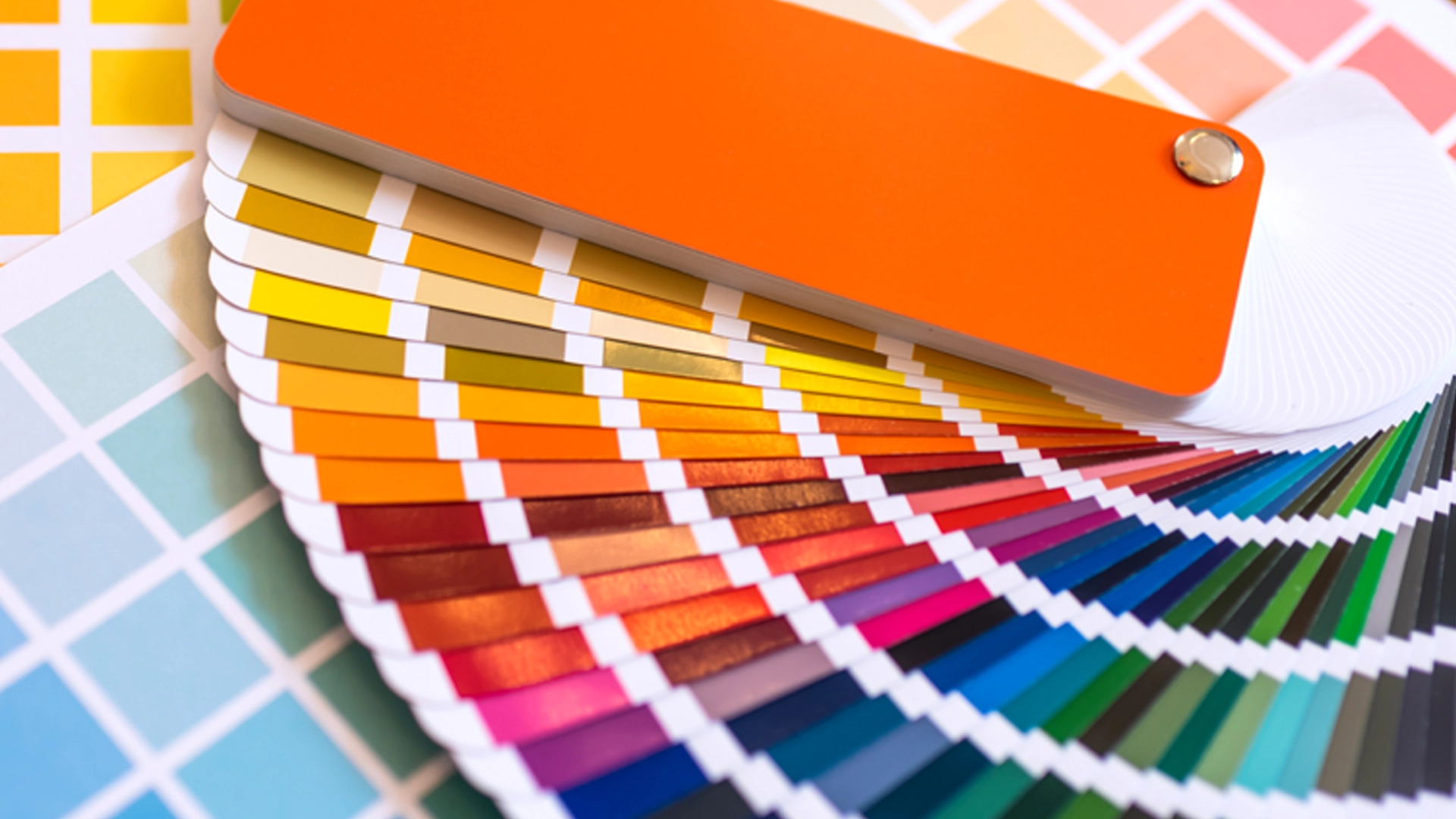Color for a medical device is often overlooked when designing and developing a device of that type, but it can play an important role in establishing brand identity, improving device usability and evoking a positive emotional response in patients and healthcare professionals.
Choosing a color for a new medical device design requires a lot of attention, as color is just as important in medical device development as it is in other areas of our lives. The healthcare industry is increasingly considering the whole patient experience as central, so the Medical device industrial design is also much more important than in the past.
So how can a developer of medical products choose the right color? The aim of this article is to provide a guide that those involved in the medical device design and development can use to choose color in an effective way.
1. USER
When it comes to choosing a colour it is necessary to understand who will use the product and what they might like. Above all, it is important to ask what characteristics and values the user will associate the product with. What are the characteristics that your (typical) user would like for their product? Precision? Intelligence? Durability? Sophistication? And what colors do they associate with these characteristics?
If you don’t know the answer to all these questions, you won’t be able to select colors that will improve your medical device design and sales or help it be well received in its market.
2. EXISTING COMPETING PRODUCTS
What are the competitors doing in the market? Are their colors bold? Dull? Should your product resemble those of your competitors or should it be markedly different? Are there any colors that are expected to be used?
3. BRANDING
Color is one of the most powerful tools you can use to develop a design language for a product family. It is an element that allows you to immediately identify a device as coming from your company. Focusing on this will allow you to establish trust: if your products are reliable, your brand is reliable, and vice versa.
Color for a medical device design should be chosen strategically, giving due weight to the functional and psychological characteristics of color. Company logo colors may or may not be appropriate, keeping in mind all the other factors that contribute to choosing the right colour, but it is always better not to limit yourself to those.
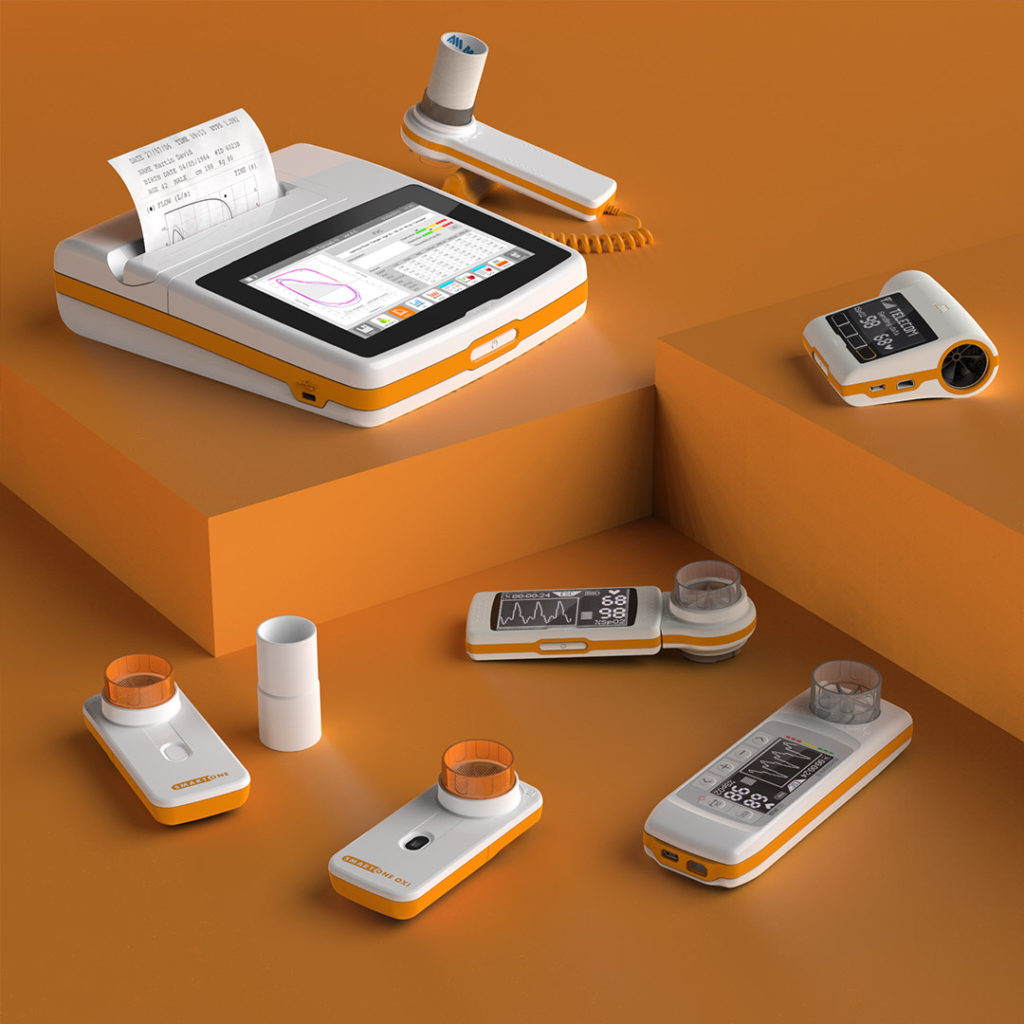
4. EMOTIONAL CONTENT OF COLORS
To understand how color influences emotions, you need to know the user of the device and define how you want the design to impact them. For some colors there are fairly widespread responses:
- White has a strong connotation of cleanliness/sterility and purity, so it is very appropriate in a medical environment. And because it is a colour that stands out a lot, using white for the majority of the device allows it to describe and draw attention to the user’s input areas, thus improving the Medical Device industrial design and usability. One downside is that it can appear cold and strong to the eyes.
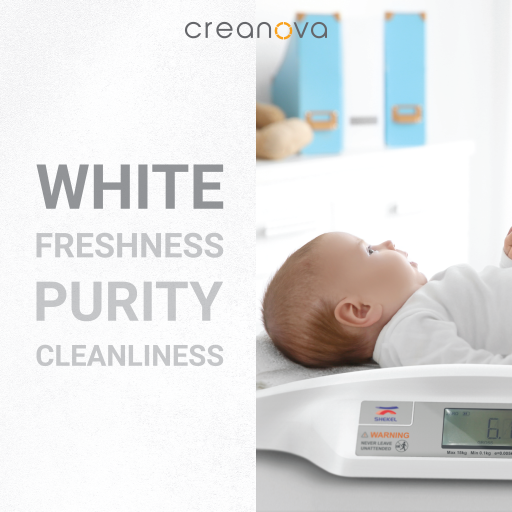
- Light grey does not have the same connotations as white, but as white is the most commonly used color in medical environments, light grey can be a viable alternative to differentiate your company’s product. Light grey can be seen as softer and calmer than bright white.
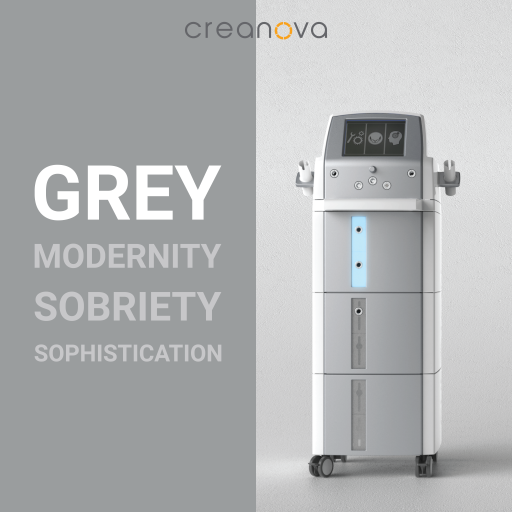
- Blue has a calming effect and gives serenity, which is why it is one of the predominant colors in medical device design.
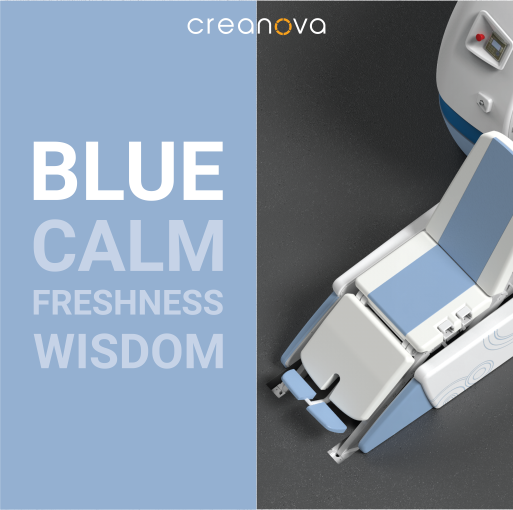
- Green also has a calming effect and is associated with balance, harmony, and reassurance. Using soft tones of green or blue on accent areas of devices will make them seem less threatening – very useful in a clinical environment where the device is used to provide treatment to patients.

- Black connotes seriousness, sophistication and excellence, so it can be very effective for devices used in the laboratory. However, one of its main associations is with death, so you need a compelling reason to use it in Medical Device design.
- Red gives energy and being a primary color may be appropriate in a pediatric environment. Its obvious association with blood makes it a color to avoid for many devices, except in small quantities and to draw the eye to important areas.
- Pink is a peaceful color. In Western cultures, it has feminine associations and it is something to consider.
- Yellow is sunny, optimistic and friendly, which makes it great for pediatrics. Too much yellow can be overpowering though, so consider it carefully.
- Orange is a happy, energetic and comforting color. However, as with yellow, too much can be overwhelming.
- Brown indicates reliability and is supportive in certain contexts, but its association with dirt makes it a dubious color to use in medical devices.
- Purple can be associated with religion and spirituality, and, as such, can be used to reassure recovering patients. Lighter shades of purple, such as liliac, are perceived as more delicate and feminine. Purple is starting to be used more often in medical devices.
Despite this brief explanation of connotations, the symbolism of color varies from culture to culture and this should be kept in mind during the color decision process.
5. ENVIRONMENT
The colors of a product will be perceived differently depending on the environment it is used in, where the type of light under which it is seen and the level of illumination also play an important role. This is another reason why the color design for a medical device should be evaluated by looking at how different colors perform in the environment in which the product is used.
6. STERILIZATION METHOD
If your product is reusable, you need to think about how the sterilization method will affect the color of the product. For example, EtO and gas plasma sterilization does not have a significant effect on the color, whereas radiation sterilization using gamma or e-beam will cause a color shift towards yellow. This yellowing of the plastic will be more evident in transparent materials.
7. PRODUCT SCALE
Different color options are available depending on the size of the medical product you are designing. Large products will require more use of a neutral color so as not to overpower the spaces in which they are used. For smaller products, such as instruments and portable devices, darker, bolder and more saturated colors can be used.
8. FASHION AND COLOR TRENDS
The popularity of colors certainly has an impact on the medical device design color choice. The use of popular colors makes products look new, up-to-date and not dated. The psychological effect of using the “latest and greatest” should not be underestimated. Beware, however, of using too many unusual or fashionable colors, especially if the product’s life is relatively long. That colour may already be outdated after one year.
Furthermore, many medical products that were once used exclusively in controlled care environments are now also used at home. In the home environment, medical products will need to look more in line with consumer products that might be part of the furniture. Therefore, in attracting consumers colour is of great importance. Colors should be chosen to fit and identify with users’ lifestyle (in fact, as mentioned above, knowing your user is the first step in choosing a color).
9. COLOR CODING
Color coding is extremely important in medical device development. After value, color is the distinctive signal that is processed most quickly and efficiently by the brain.
The most important factors to consider when using color for function coding are color choice, consistency, and number of colors. Whatever colors are chosen, they must be used consistently throughout the product. The number of colors used for coding should be as low as possible (adding only one color to the base color in order to indicate the user’s touch points, for example, would be the best choice). Numerous studies have found that we can only hold three or four pieces of information in our short-term memory at a time. This would suggest that no more than four colors should be used for color coding.
10. BIOCOMPATIBILITY
Some medical products will need to have resin biocompatible dyes. A custom thermoplastics compounder will be able to provide dyes that have passed FDA approval tests.
CONCLUSION
The topic of color in the medical environment is rich and complex, but it is also a powerful tool for medical device industrial design.
Designers use color psychology, visual brand language and market research to help manufacturers choose the right color combination for new products.
If you’re looking for an expert in industrial design, Creanova’s designers integrate Italian design, creativity and a Human-Centered approach into innovative and intuitive medical devices that have been awarded by the most prestigious design awards.
The interconnection of the design teams with the engineering and manufacturing ones ensures a producible medical device since the early stages.
Contact us to know more!

